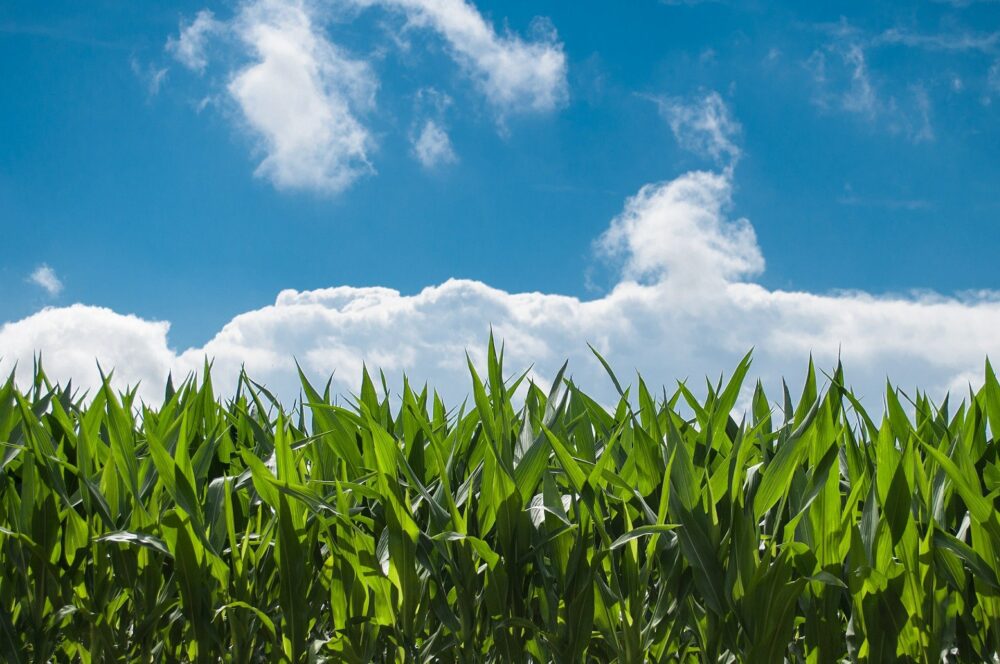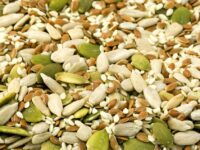One of the most hotly contested and wildly misunderstood topics concerning health and the environment is genetically modified organisms, or GMOs. GMOs are crops that have been altered to exhibit certain characteristics; this could mean plants could be infused with genes not innate to them, or they could have them removed. Plants can be altered to be larger, have a longer shelf life, grow more rapidly, and even grow in a different color.
Feeding the world has become an increasing struggle due to growing populations. Food distribution is an ongoing problem. Despite a food surplus two to three times what we need to feed everyone on earth, many people still go hungry everyday. Even if people had access to food, they may not be able to afford it. By genetically modifying plants, scientists can enable them to grow in climates that may not be natural to them or produce a larger yield with less supplies and costs.
Despite a food surplus two to three times what we need to feed everyone on earth, many people still go hungry everyday.
In first world countries, opposition to GMOs is not uncommon due to the misconception that they are not as healthy or use harmful pesticides – but this is not the case. Unless a plant has been altered to change the nutritional content, GMO and non-GMO foods will deliver the same benefits. In terms of the environment, GMOs can be altered to reduce food waste, production waste, improve air quality, and, recently discovered, reduce the water needed for yield.
Fresh water is hardly a renewable source, and agriculture uses 75 to 90 percent of groundwater sources annually. The problem with food shortage is also a problem with water shortage, since so much water is required to produce food to feed the growing masses. Estimates show that 1.2 billion people live where water is scarce, and four billion experience scarcity every month. If global warming increases at its current pace, the planet will face a 40 percent water deficit by 2030.
The problem with food shortage is also a problem with water shortage, since so much water is required to produce food to feed the growing masses.
Scientists at the University of Illinois have recently discovered a way to produce the same yield of tobacco crops using only 75 percent of the water the plants would normally require. This was done by modifying tobacco plants with a gene called PsbS, which alters photosynthesis. PsbS triggers the opening of tiny leaf pores called stomata. When stomata open, the plant absorbs carbon dioxide needed for photosynthesis, and water vapor escapes at the same time. By increasing the amount of PsbS, the pores close earlier than they normally would, allowing them to retain more water. This means the crops would require less water to produce the same yield. Because global warming reflects an increased concentration of carbon dioxide in the air, plants are still able to absorb the required amount in a smaller window of time.
While this testing has only been done on tobacco crops, scientists are optimistic that this method will also work elsewhere. In an interview with I News, Professor Stephen Long from the University of Illinois stated, “This is a major breakthrough. This manipulation should be effective across all crops.” With more testing and research, this discovery could have tremendous impacts on both food security and environmental issues.
Food security is inevitably related to water security. Global warming has only added to the pressure by inducing numerous and impactful droughts. Fresh water is not a renewable source, and an exponentially increasing population may not have the resources necessary to feed the world if innovations like GMOs are not considered.
Nature (2018). DOI: 10.1038/s41467-018-03231-x
Image source: Pixabay






